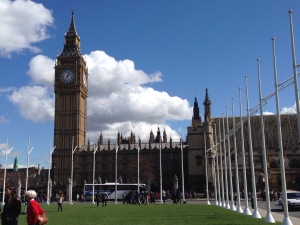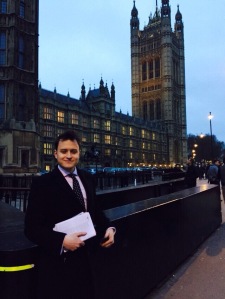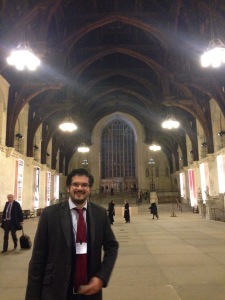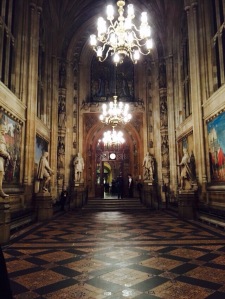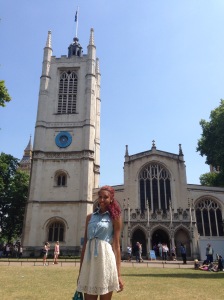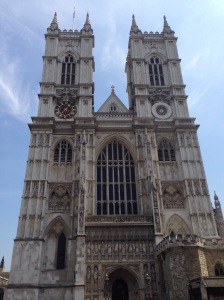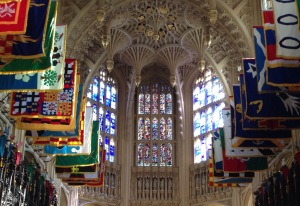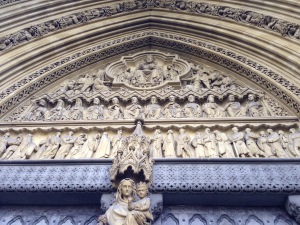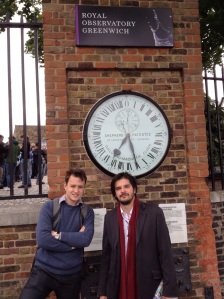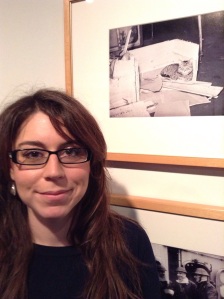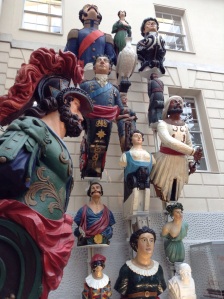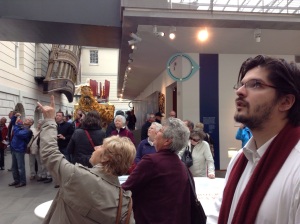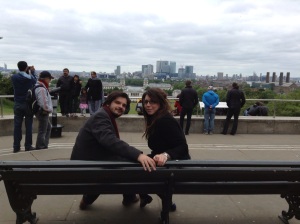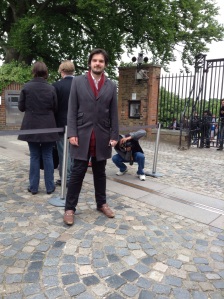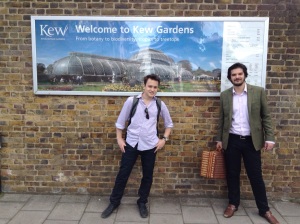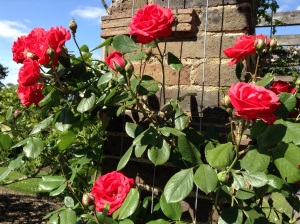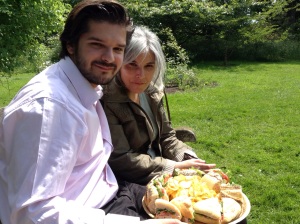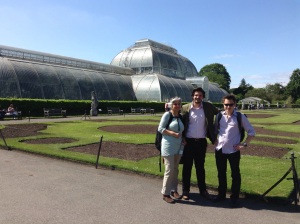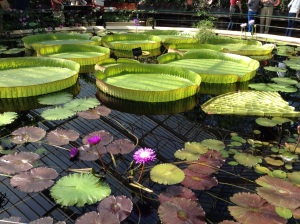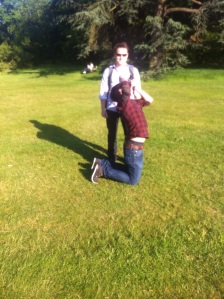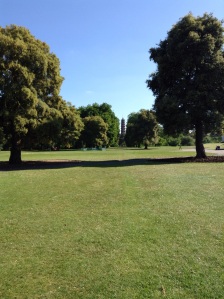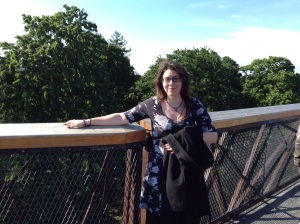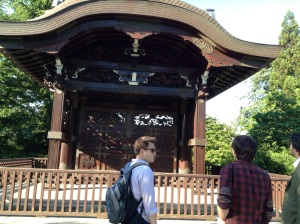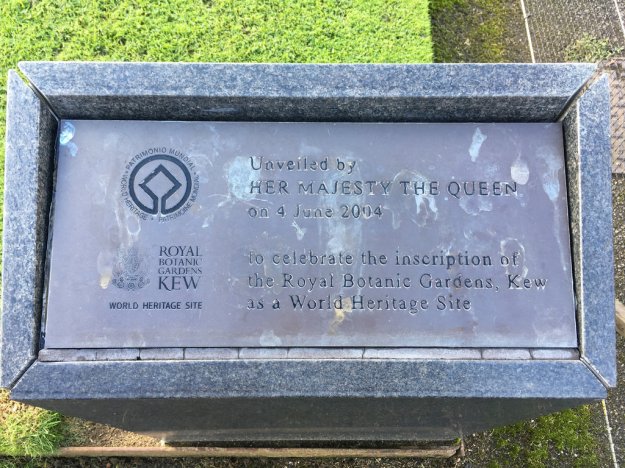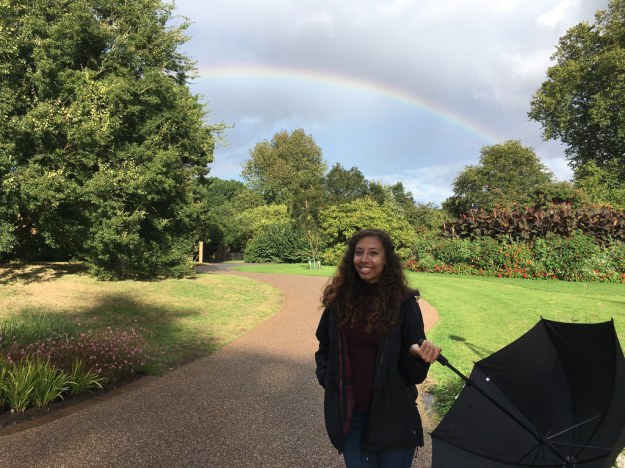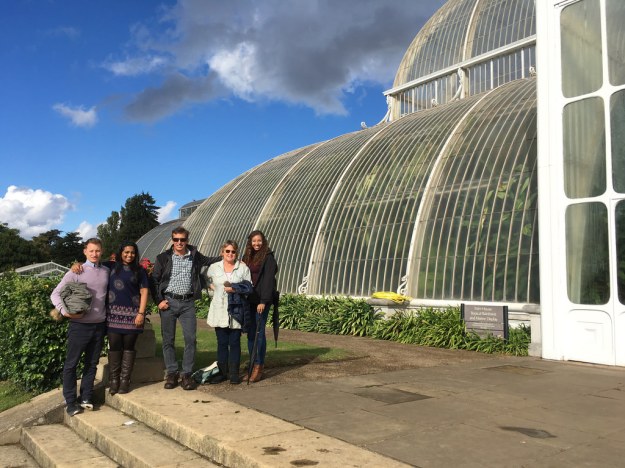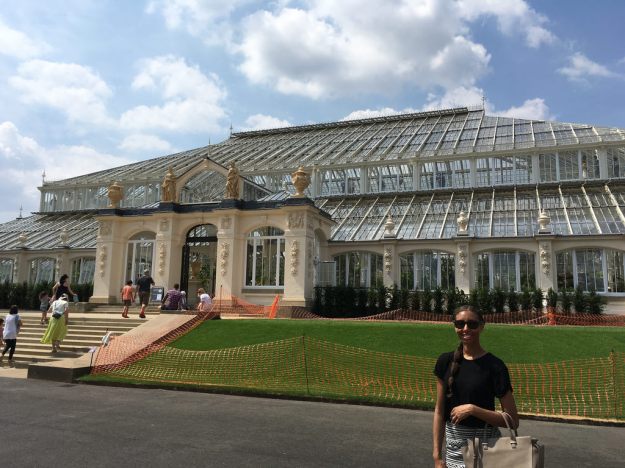Visits: 26th-29th June 2006, 12th July 2014, 9th March 2015, 11th April 2015
This is the fourth of the London World Heritage Sites (the others being Kew Gardens, Maritime Greenwich and the Tower of London), yet it has taken me much longer to get around to completing than the others. Why? Just because Westminster Abbey is a popular tourist attraction and was either very busy or closed when we attempted to visit on several occasions, plus the fact that it costs £20 to get in.
Of the three buildings that make up this WHS, I find the Palace of Westminster the most interesting. This is the proper name for Houses of Parliament – the building that houses the House of Commons, the House of Lords and various members’ offices and committee rooms. When I was a sixteen year old looking for a work experience idea back in 2006 I wrote to my local MP, Sir Alan Haselhurst, and was pleasantly surprised when he took me on for a week in Westminster. Like many MPs, he keeps a permanent assistant, whom I shadowed for a week, opening post and other such tasks. This was nine years ago now, but I still remember well the Prime Minister’s Questions I went in to watch, in which David Cameron compared Tony Blair to David Brent: utterly redundant but still hanging around the office (this was before he finally handed over to Gordon Brown).
To be clear, the picture two above is of me more recently, when my brother’s friend took him, Ross and me into Parliament for a tour and a drink. We entered through Westminster Hall, where Ross is standing, which is used for important ceremonies and state occasions, such as when foreign dignitaries are invited to address the British Parliament.
This leads into St Stephen’s Hall, above. Although it looks and feels like a mere corridor, this is where the original House of Commons stood – and its dimensions were exactly the same. St Stephen’s Chapel – as it was known until it burned down in 1834 – was used from the early days of Parliament, in 1547. Imagine the above space with choir stalls on either side – it was this layout that gave rise to the adversarial nature of politics that we still enjoy our current Commons chamber today. It is hard to fathom how, for example, the 658 MPs elected in 1802 would have fit into this small chamber, given that our present 650 members cannot even fit into the new, larger chamber.
On our recent visit there wasn’t anything as exciting as PMQs going on, so we went in for a couple of local government debates in both the Commons and the Lords. It was a strange experience to pass familiar faces in the corridors of power – although they aren’t exactly A-listers by most people’s standards we were sad enough to be impressed by seeing the likes of Norman Lamont and Margaret Hodge just walking past.
Rewind the clock a bit now, and we are back in July 2014, when Natalie and I first tried to get into Westminster Abbey. It was far too busy at the time, so we made do with the smallest part of this WHS, which is St Margaret’s Church. Standing adjacent to Westminster Abbey, it is free to visit and a lot quieter. Since Westminster Abbey was originally a Benedictine Abbey, a church was required for the day-to-day worship of parishioners in Westminster. Both Samuel Pepys and later Winston Churchill had their weddings here, and Sir Walter Raleigh was buried here after his execution for disobeying orders.
The final part of this WHS for me was Westminster Abbey, the 10th century Gothic masterpiece just over the road from the Palace of Westminster. This is a special place for us Brits because it is where coronation ceremonies have been held ever since 1066, as well as the site of at least 16 Royal Weddings (including, of course, that of William and Kate in 2011).
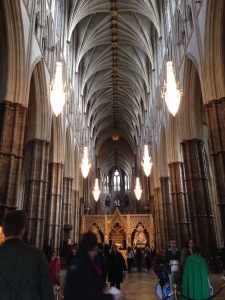
Natalie and I were surprised at the sheer number of tombs that the abbey contains – so many that it feels like its primary purpose is to be some kind of grand mausoleum. Inside you can see the tombs of Henry VII, Richard II, Elizabeth and Mary, among many others. There are also memorials to non-royals, such as Newton and Shakespeare, and a notably large one to that old Angophile Handel. And there is of course the famous Tomb of the Unknown Warrior, a simple black marble stone surrounded by poppy wreaths.
The most impressive part of the abbey to my mind was the Henry VII Lady Chapel. Topped with an intricate fan vault ceiling, the room’s stained glass windows allow in a burst of bright, colourful light.
One of the other details I particularly liked was the solemn medieval statuary above the side entrance to the abbey. This was the period in art when two concepts really came together for the first time – the Greek-style depiction of what the artist could see (i.e. realism) and an Egyptian-style emphasis on symbolism (focusing on what really matters in a scene). According to E.H. Gombrich’s ‘The Story of Art’, which I am currently reading and which I would recommend to anyone – it was the Christian artists who began to impart their feelings into their work, to convey the importance of Christ and God to the illiterate masses, newly converted from paganism.
The audioguide in the abbey is narrated by Jeremy Irons, which somewhat softens the blow to your wallet of the high entry price. Having ticked this one off, I am left with only St Paul’s Cathedral on the list of major London sites I haven’t yet visited (also very expensive). In terms of WHSs, I now only have one more left to see in the south of England, and that is Canterbury, which I think we will have to pay a visit to later this summer.
